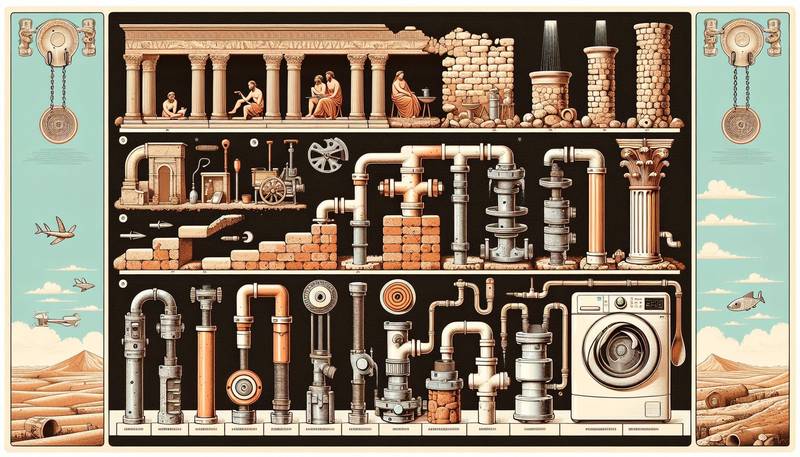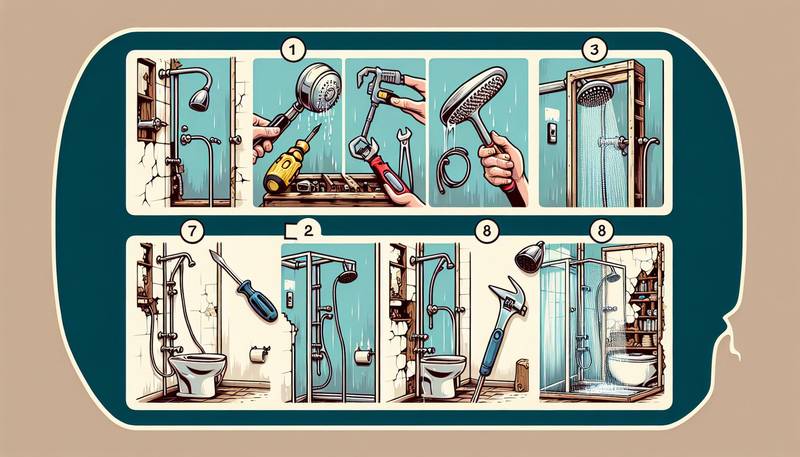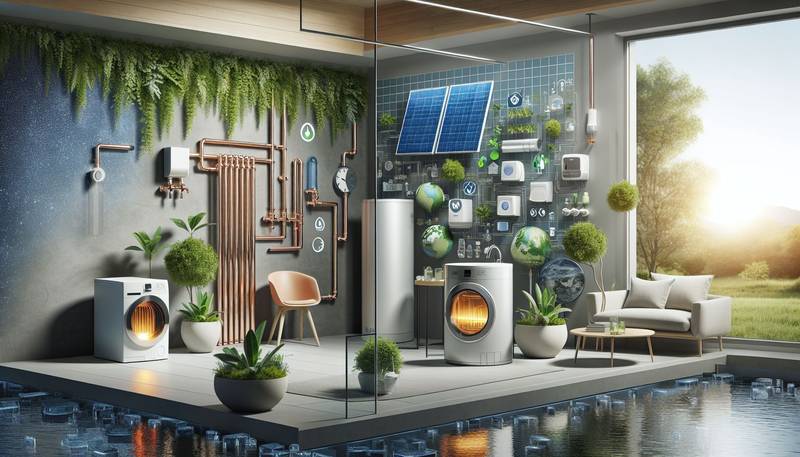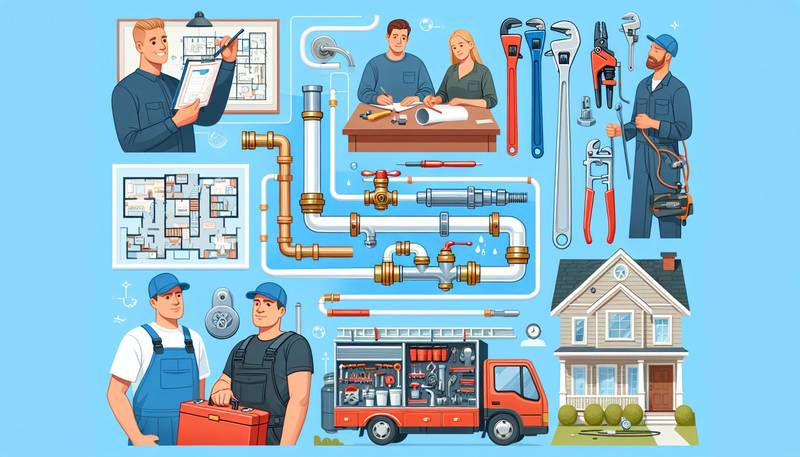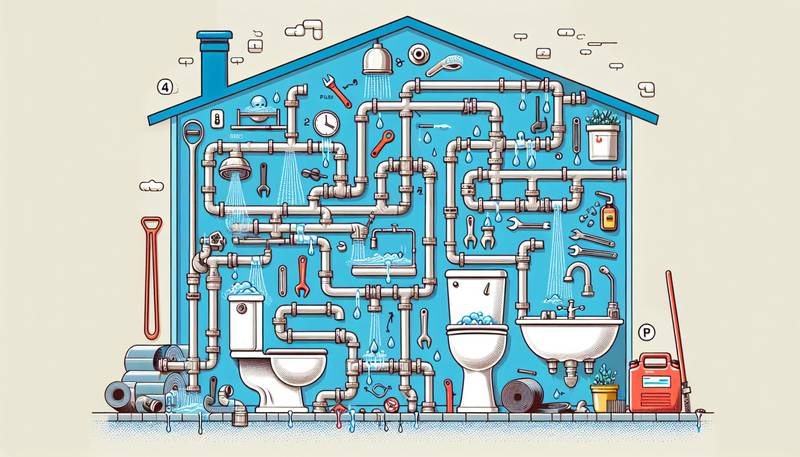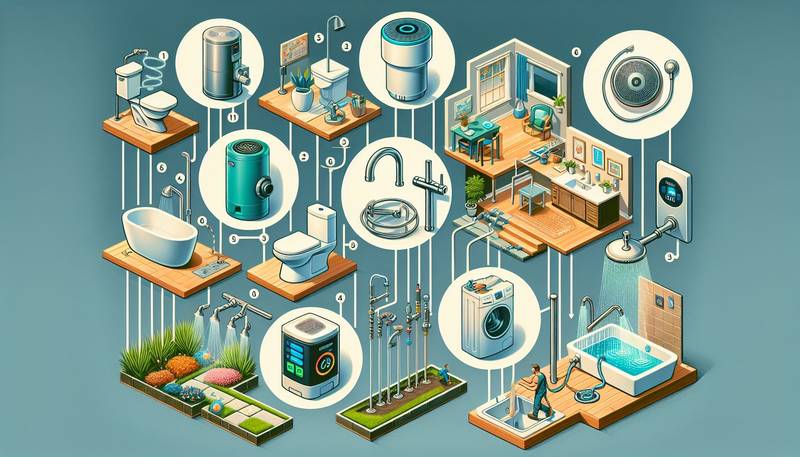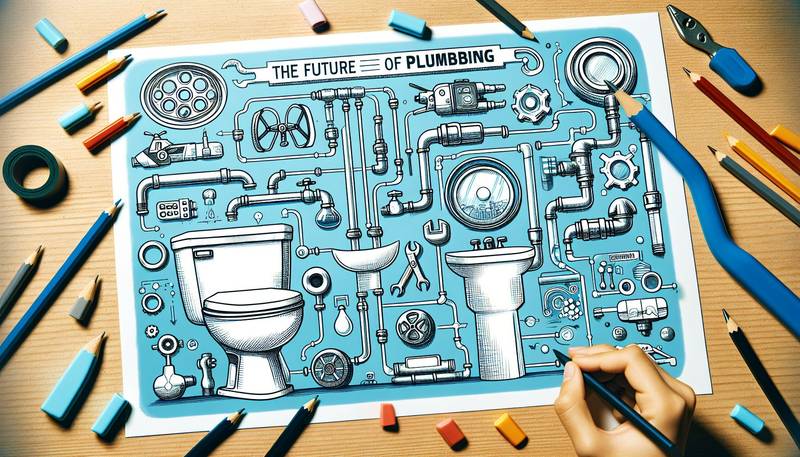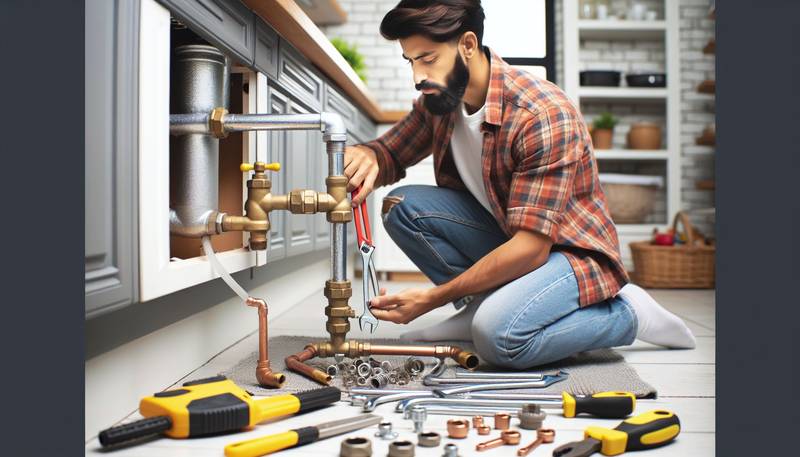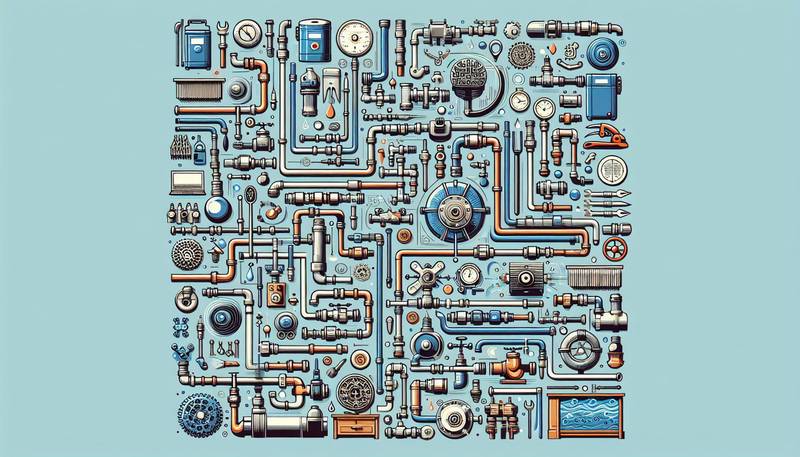Understanding Plumbing Codes and Regulations: A Comprehensive Overview
Understanding these codes is crucial for plumbers, contractors, and homeowners to ensure compliance with local laws and standards.
History of Plumbing Codes
Plumbing codes have been around for centuries, with some of the earliest known regulations dating back to ancient Rome. These early codes focused on sanitation and public health, recognizing the importance of proper waste disposal and clean water supply. Over time, plumbing codes have evolved to address new technologies, materials, and construction methods while continuing to prioritize health and safety.
Purpose of Plumbing Codes
The primary purpose of plumbing codes is to protect public health and safety by regulating the design, installation, and maintenance of plumbing systems. These codes establish minimum standards for plumbing fixtures, piping, ventilation, and drainage to ensure proper functioning and prevent hazards such as leaks, backflow, and contamination. By adhering to plumbing codes, professionals can minimize risks and liabilities while delivering high-quality and reliable plumbing services.
Types of Plumbing Codes
There are two main types of plumbing codes: model codes and local codes. Model codes, such as the International Plumbing Code (IPC) and the Uniform Plumbing Code (UPC), are developed by organizations like the International Code Council (ICC) and the International Association of Plumbing and Mechanical Officials (IAPMO). These codes serve as the basis for local jurisdictions to adopt and amend according to their specific needs and conditions. Local codes may include additional requirements or modifications to address regional climate, terrain, or building practices.
Key Components of Plumbing Codes
Plumbing codes cover a wide range of topics related to plumbing systems, including but not limited to the following:
- Fixture requirements: Specifies the types and installation of plumbing fixtures such as sinks, toilets, and showers to ensure water efficiency and accessibility.
- Piping materials and sizing: Sets standards for the materials, size, and installation of pipes to maintain water pressure, prevent leaks, and accommodate flow rates.
- Ventilation and drainage: Establishes guidelines for venting systems to prevent sewer gases from entering buildings and for drainage systems to remove waste water efficiently.
- Backflow prevention: Requires devices to prevent the reverse flow of contaminated water into potable water supplies, protecting against cross-contamination.
- Water supply systems: Regulates the design and installation of water supply systems to deliver clean and safe drinking water while conserving resources.
Compliance and Enforcement
It is essential for plumbing professionals to understand and adhere to plumbing codes to ensure compliance and avoid penalties or legal consequences. Building inspectors and code enforcement officials may conduct inspections to verify that plumbing systems meet the required standards before issuing permits or certificates of occupancy. Failure to comply with plumbing codes can result in fines, project delays, or even the shutdown of construction activities. By staying informed about the latest code updates and best practices, professionals can deliver quality work and uphold industry standards.
Conclusion
Plumbing codes and regulations play a critical role in safeguarding public health and safety by establishing standards for the design, installation, and maintenance of plumbing systems. Professionals in the plumbing industry must stay informed about these codes to ensure compliance and provide reliable and efficient services to clients. By understanding the history, purpose, types, key components, and compliance of plumbing codes, individuals can contribute to creating sustainable and resilient plumbing infrastructure for future generations.

